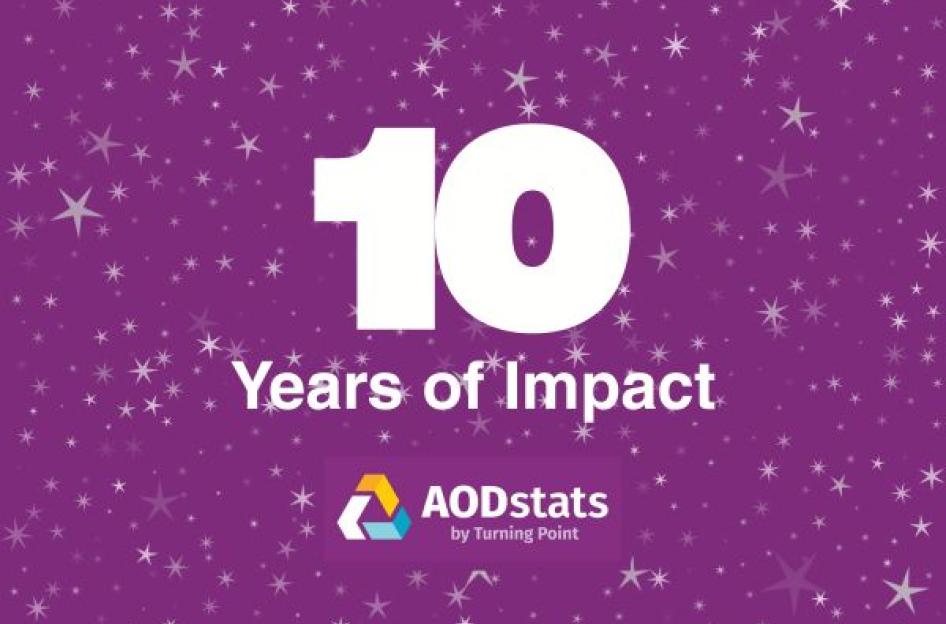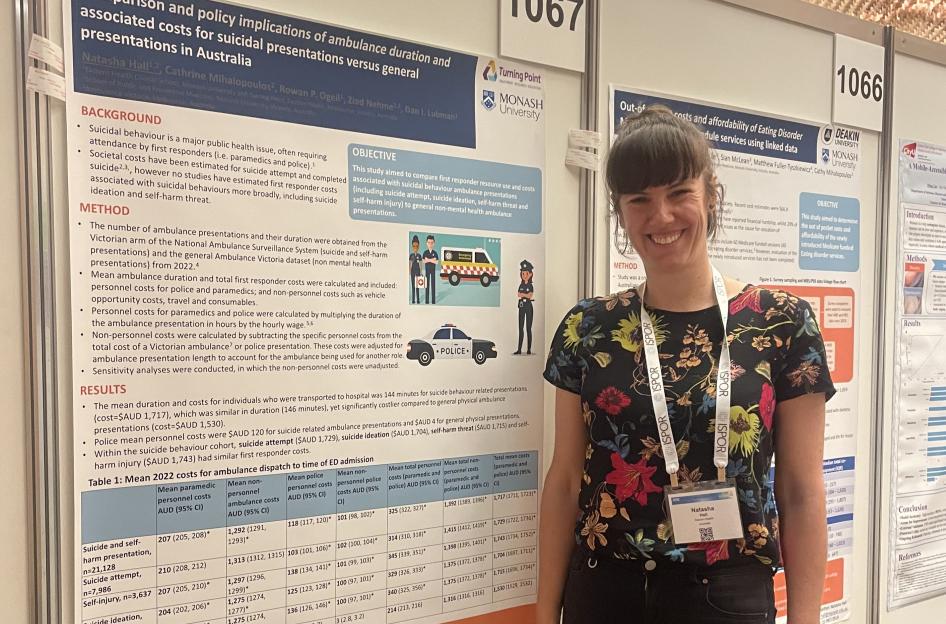More access to alcohol outlets in Victoria associated with increased family violence-related ambulance attendances
Using data collected from Ambulance Victoria callouts, researchers from Turning Point have identified links between the number and type of alcohol sales outlets in an area, and ambulance attendances for events relating to family violence.
Links between the density of alcohol sales outlets in an area and violent crime are well established, but associations between alcohol sales outlet density and family violence and intimate partner violence are relatively unclear. A new study at Turning Point led by Dr. Debbie Scott provides evidence that access to alcohol sales outlets is associated with higher numbers of family-violence related ambulance attendances, both for victims and perpetrators of violence. This link spans all types of alcohol sales outlets, including bottle shops, restaurants, and pubs and clubs.
Studies exploring the relationship between liquor licence density and family violence tended to use data collected from police records, which typically under-report family violence, as only a small percentage of incidents are actually reported to police. Using the National Ambulance Surveillance System (NASS), data was analysed from Ambulance Victoria callouts involving alcohol, other drugs, and family violence, to 694 postcodes in Victoria, an area comprising nearly 6 million Victorians, over a two-year period (July 2016 – June 2018). Dr Scott said, ‘Our study not only confirmed the role of off-premises alcohol outlets but also demonstrated the importance of on-premises licenses in relation to family violence-related ambulance attendances.’
According to Dr Scott, the findings of this study highlight the need for public health interventions and policies to reduce alcohol-related harm, suggesting that reviewing alcohol licensing policies and town planning changes would contribute to reducing family violence by restricting alcohol availability. This is particularly important in socially disadvantaged suburbs where evidence shows a strong association between family violence and alcohol availability.’









